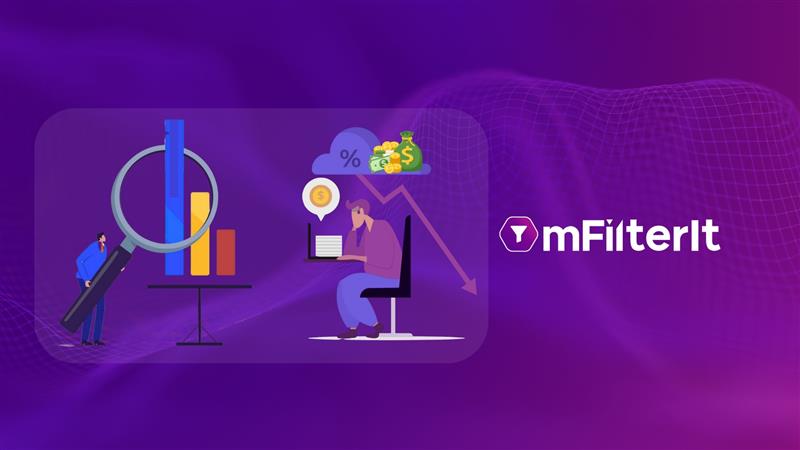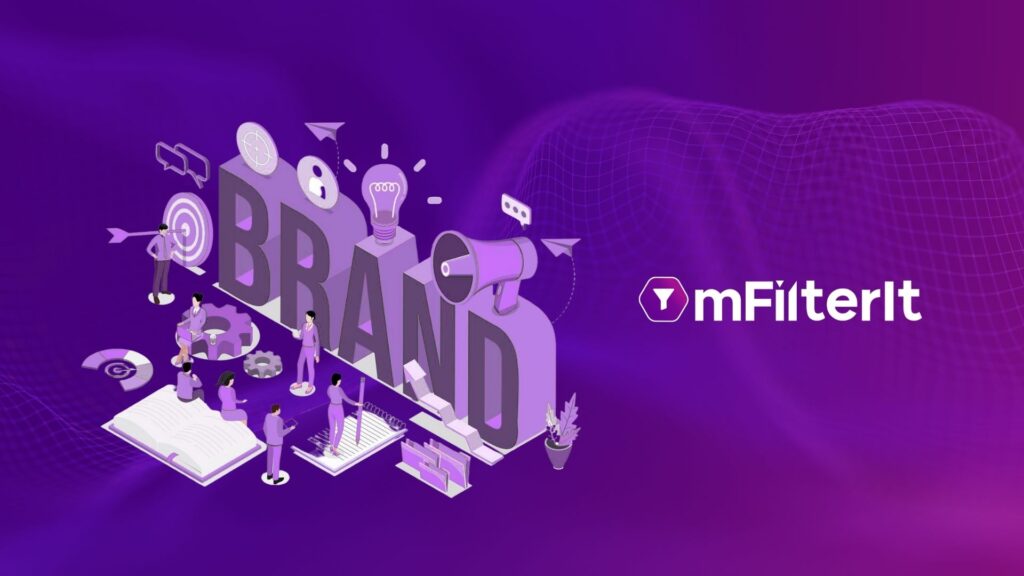Price is one of the most crucial factors contributing to the final buying decision on e-commerce platforms. According to research, 60% of customers would shop for a product online based on the best price or value. Seeing that price is a leading reason for most customers and has the potential of driving customers towards or away from your brand, monitoring price is no longer a brand’s choice.
Price monitoring is the practice of continuously keeping an eye on the price of your products as well as similar listings of your competitors. However, the analytics of e-commerce marketplaces like Amazon, BigBasket, BlinkIt (formerly Grofers), etc., don’t offer this choice to the brands.
What could happen if you don’t monitor competitors’ prices? You would miss out on chances of increasing sales, develop imperfect pricing strategies, never know the difference between your and competitors’ prices of similar listings in real-time, etc. On the other hand, a price monitoring solution can give you an overview of the market scenario, deep-dive into buyer personas, explore new target audiences, etc. The scope of price monitoring extends beyond these reasons.
During a conversation, our mScanIt Vertical Head, Ankush Arora, stated “Tracking online prices helps to know who started the price war. and, What was the price? – which are definite factors in creating pricing trends, sighting MAP violations, changing discounting strategies and analysis, and more.“
Table of Contents
Toggle5 Major Advantages of Price Monitoring
Enhances the Pricing Strategy
Margin is an important part of deciding the product prices. It is essentially the amount achieved after deducting the purchase cost from the retail cost. However, most brands have the lowest price they can offer, even though they might lose a significant proportion of the profits. eCom brands often lower the price to acquire a higher customer base, build loyalty, sell out multiple products, avoid expiration, etc. Therefore, the brand might not make the highest profits on its single product but has the potential to acquire higher basket purchases.
Such a scenario becomes impossible without knowing the ongoing prices of the competitors in real-time. Analyzing the rival’s product prices also gives a perspective of your product’s market positioning and makes you aware that a competitor has begun a price war for a similar listing. When such an opportunity presents itself, offering a price that keeps the market reputation intact but increases the conversions/sales could significantly impact your rivals across search engines and e-commerce platforms. Reviewing prices of competitor listings also offers a chance to know the lowest/highest costs daily, weekly, and monthly across e-commerce platforms and enables your brand to create individual platform-wise price strategies.
Recognizes the Pricing Trends
Price is often correlated with discounts and sponsored ads on e-commerce platforms. Monitoring competitor prices and comparing them with discounts gives an overview of a trend of distinct periods. For example, Brand A is offering a 10% discount on a smartwatch and is offering the product at Rs 3,500. On the other hand, your brand has a similar listing priced at Rs 3,200. So, money-savers would often opt for Brand A versus yours. Herein lies the opportunity to offer a 10% discount and still offer the product for Rs 3,350, if possible.
Similarly, mScanIt or eCom Competitive Analysis can help to compare pricing intelligence with stock availability. By knowing the prices at which the competitors faced stockouts and the duration, you have the opportunity to identify trends and create new strategies. Likewise, pricing analysis compared with share-of-shelf would decipher buyer preferences based on higher search rank and visibility as well as lower prices.
Such a trend would help identify the share of sponsored ads of your competitors within the top three page results, which is also effective for channeling sales/conversions. Herein, you can identify the pricing trends based on the top keywords used by the competitors.
Helps to Avoid MAP Violations
The Minimum Advertised Price (MAP) is the lowest price at which a product can be sold. However, e-commerce sellers often indulge in MAP violations for clearing stocks, building a market presence, attracting new customers, etc. Doing so damages the brand’s reputation in the eyes of the consumers and creates a bad price perception.
Moreover, legitimate sellers and resellers associated with the brand lose their faith and seek products of their competitors that can keep their reputation and price perception intact while maintaining their share of the sale. Moreover, price perception is one of the leading reasons consumers can lose faith in a brand. Imagine an iPhone 13 available for Rs 30,000, which is less than half its existing market price across e-commerce platforms.
If consumers no longer have faith in the brand, the product demand shifts towards the competition, and resellers/sellers would want to get associated with them. Implementing pricing intelligence through automated technology like eCom Competitive Analytics helps to sight instances of MAP violations in real-time and fight back against them by flagging, reporting, or revoking them on e-commerce platforms.
Identifies Counterfeit Sellers
A pricing insight solution such as mScanIt shows in-depth reports on prices and types of sellers across e-commerce marketplaces like Amazon, BlinkIt, BigBasket, etc. Tracking prices helps your brands to know if a new seller has recently launched your product listing at discounts, causing a MAP violation.
Your authorized partners would lose their profits due to unauthorized or counterfeit product sellers. The bigger impact would fall on the brand reputation and create negative publicity on the e-commerce platform towards your brands, losing out even a loyal customer base.
eCom Competitive Analysis also offers the chance to set alerts or notifications to identify similar instances and take measures against counterfeit sellers. Revoking fake products is necessary and an everyday task that requires a solution that can deliver real-time reporting, a feature offered by mScanIt.
Boosts the Customer Base
Recognizing the pricing mistakes and building pricing strategies using real-time competitor & brand data can certainly help to boost the customer base. For example, tracking competitors’ prices can reveal the best prices across e-commerce stores for promotions such as deals, offers, discounts, etc., and acquire a proportion of the rival’s customer base or acquire a new form of the target audience.
Analyzing prices would also help to learn about consumer expectations and new product launches of the rivals. Using eCom Competitive Analytics, you can set KPIs for new product launches and become the first to know as soon as they arrive in the market.
Reviewing new listings and comparing them with the existing ones would reveal whether consumers prefer the ongoing or the new product based on price. So, you would have the chance to create new product pricing strategies and decipher the ongoing e-commerce market pricing changes. Monitoring new product pricing through an automated and self-serve solution like mScanIt would help make stocking & pricing decisions for products matching the competitor’s new launches and entering the market competition across e-commerce platforms.
Bottom Line
Pricing analysis is desirable for brands that want to acquire a higher customer base, review the pricing trends on e-commerce marketplaces, understand the pricing-based buyer personas, etc. E-commerce Analytics offers pricing intelligence on a single dashboard with in-depth results of e-commerce marketplaces.
The pricing insights derived through mScanIt enable brands to measure their market positioning, revoke MAP violations, get alerts of new sellers/discounts, etc. Comparing different dashboards of the solution also enables brands to develop and improve ongoing e-commerce strategies and marketing practices.
Get in touch to learn more about the advantages of mScanIt for your brand.







